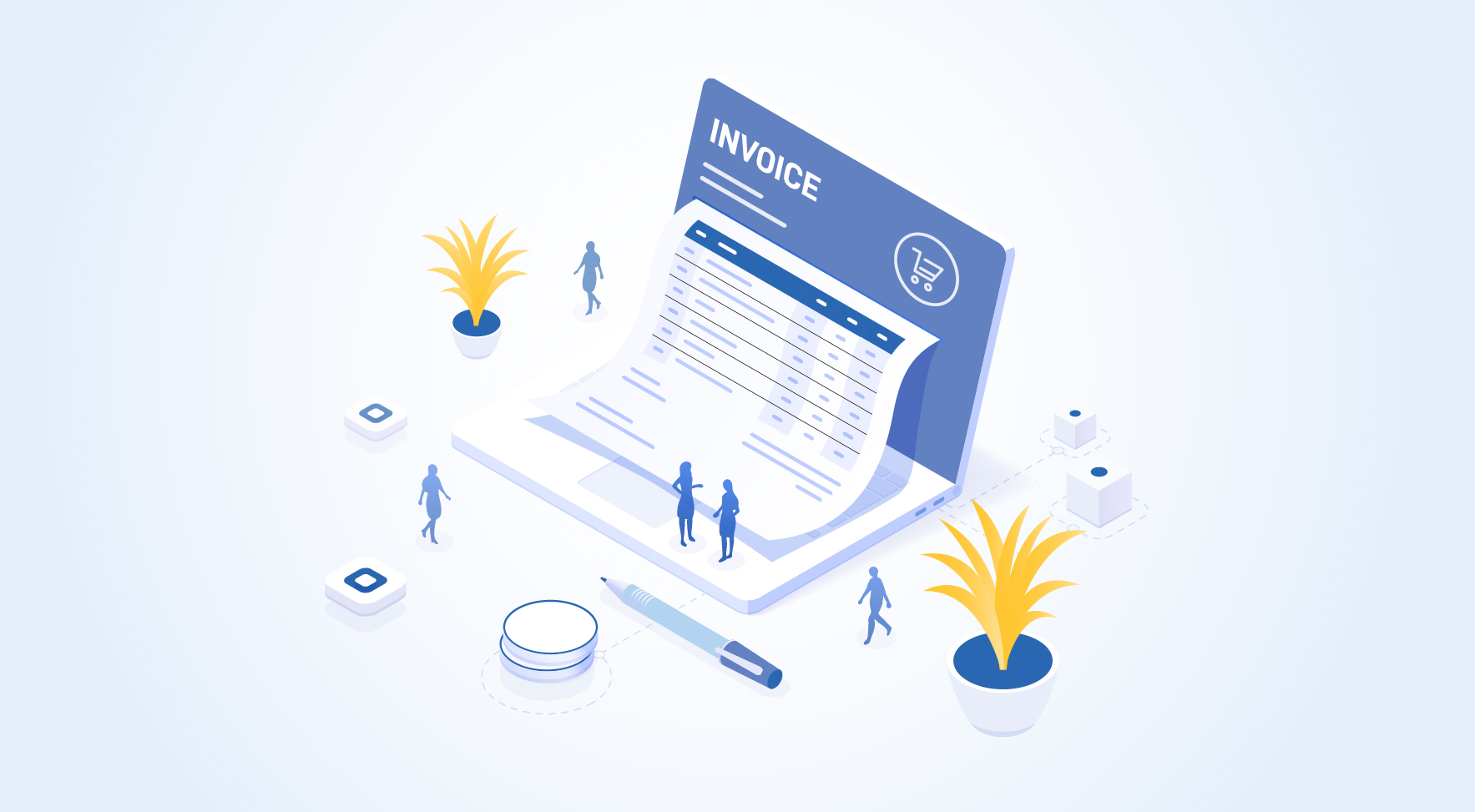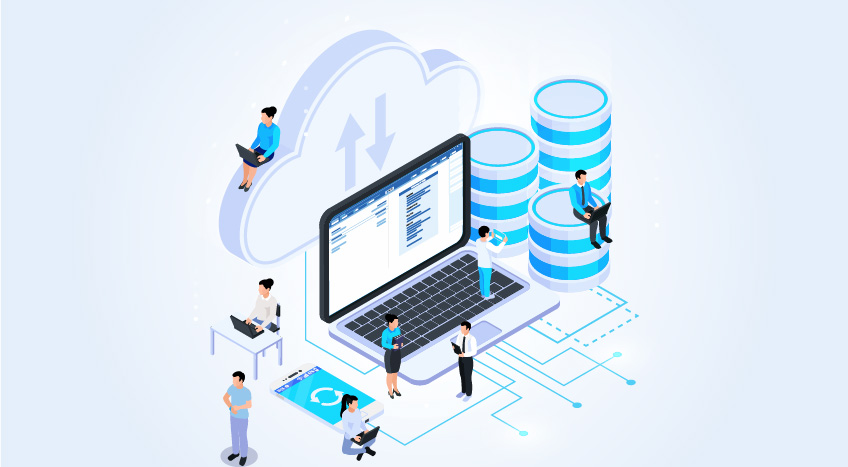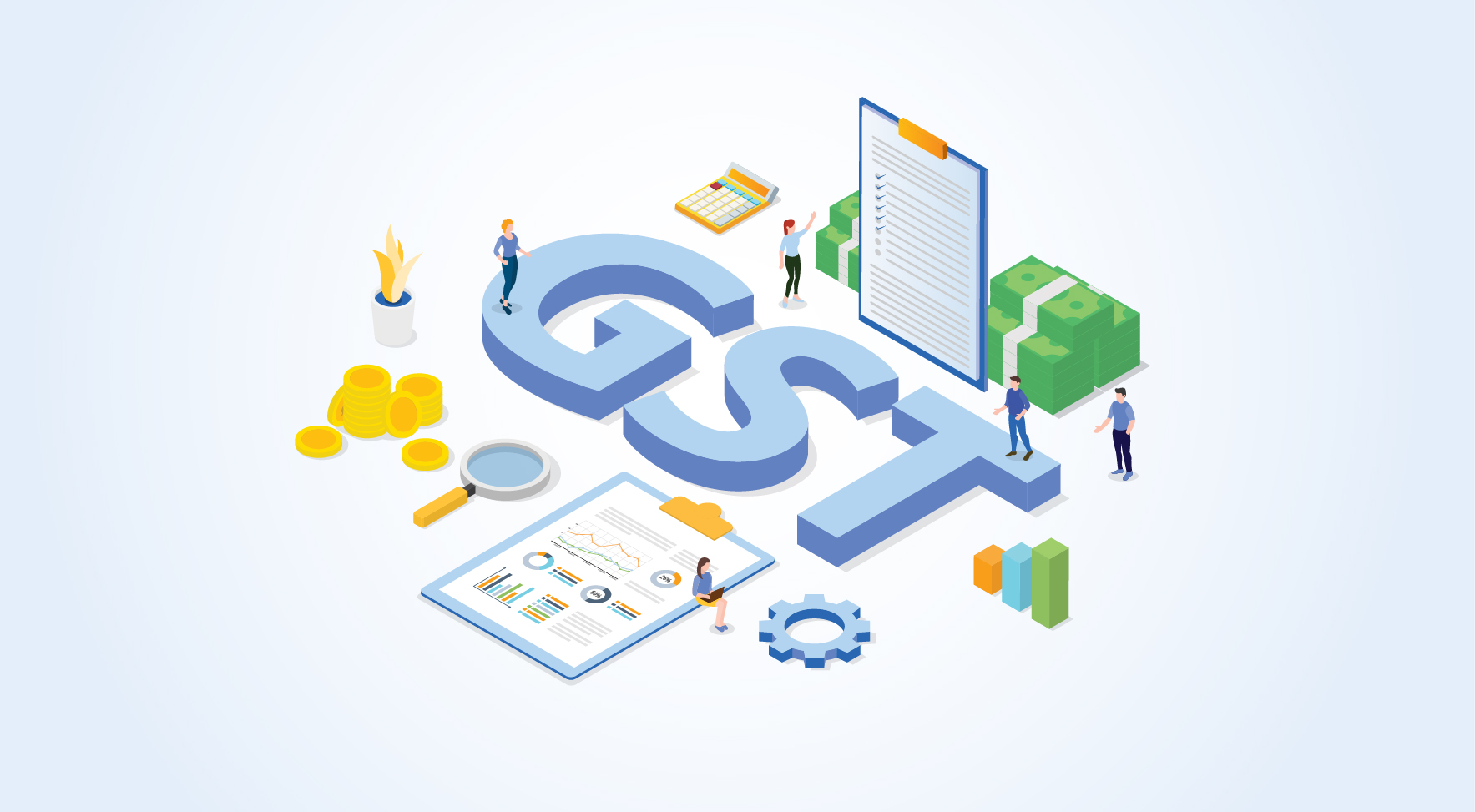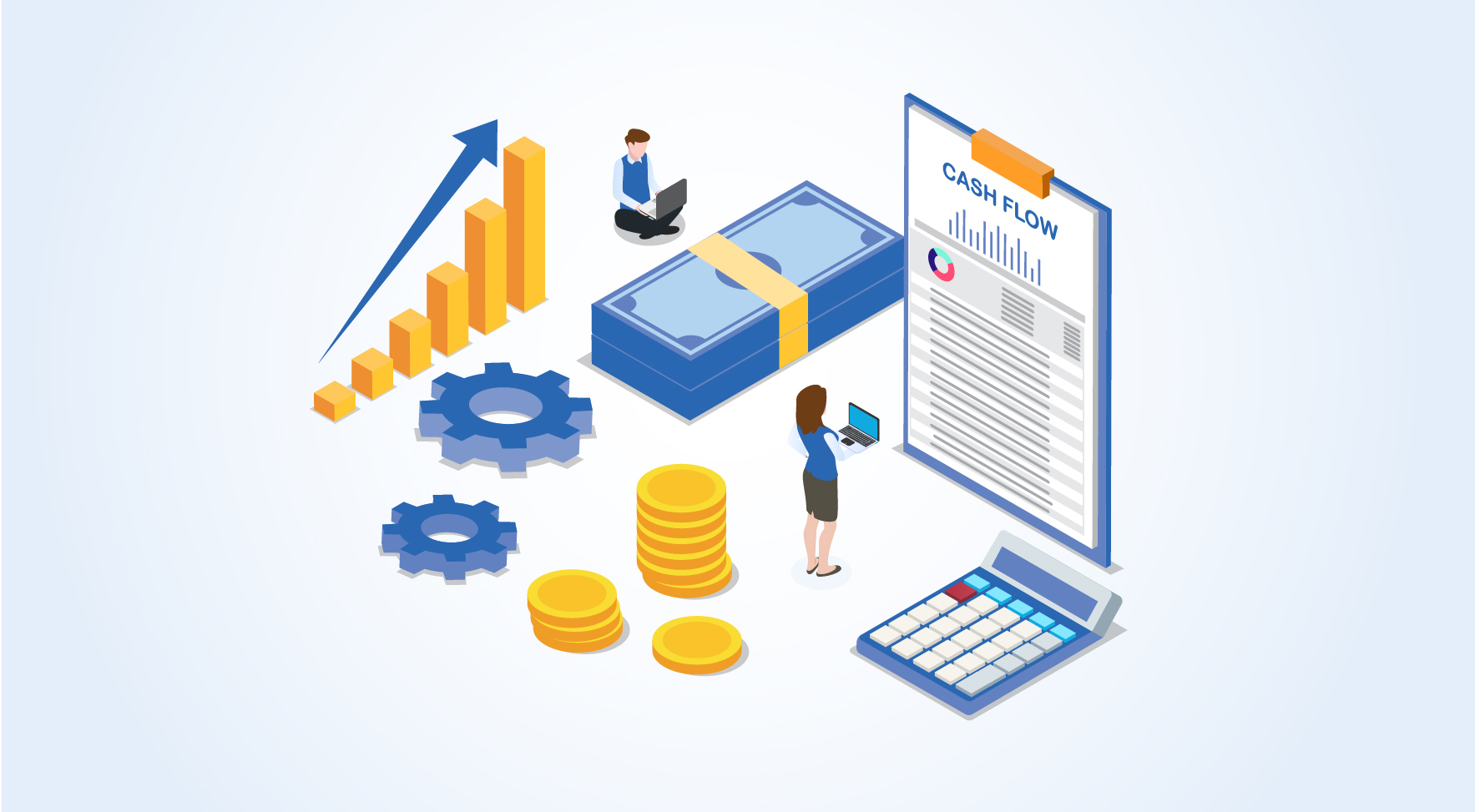Yarab A |Updated on: August 26, 2022
- What are the types of liabilities
- Current Liabilities
- Examples of Current Liabilities
- What is the relationship between current liabilities and current assets?
- Different ratios involving current liabilities
- What are the types of current liabilities?
What are the types of liabilities?
Before understanding the current liabilities, let’s talk a bit about liabilities in general and what does it mean to a business. Liabilities are the obligations or Debts payable by the business in future in the form of money or goods.
To simplify, it is the amount of money that a business must pay in future. It could be anything right from paying back to its investors to as small as money which is yet to be paid for courier delivery partner. No matter how big or small, anything which a business owes to others is considered as liabilities.
While this is true but based on the nature of liabilities, some of them need to be paid in a shorter time and while some will stay for long time as liabilities. Basis this nature, the liabilities can be classified as ‘Current Liabilities’ and ‘Non-current Liabilities’.

Current liabilities
Current liabilities are the short-term debts or obligation which a company needs to pay within a year. salaries due to be paid, amount payable to suppliers, etc. are some of the examples of current liabilities.
Current liabilities are one of the major areas of the cash outflow for any business and it should be managed efficiently to keep your cash flow in control.
Examples of Current Liabilities
The following are the examples of current liabilities which needs to be paid in short-term, usually within 1 year.
|
Current Liabilities |
|
Creditors |
|
Salary Payables |
|
Bank Overdraft |
|
Short-term Loan |
|
Interest Payable |
|
Accrued Liabilities |
|
Creditors |
Creditors are also known as Trade payables/Accounts Payables/Bills payable. They are your suppliers to whom the company owe money for purchasing the goods or services on credit terms.
|
|
Salary Payable |
Salary Payable refers to the money which a business needs to pay towards their employees against the salary which became due but yet to be paid.
|
|
Bank Overdraft |
Bank Overdraft refers to the facility which allows the business to withdraw money even if the account balance is zero. This is typically allowed for current account.
|
|
Short term loan |
Short-term loan is a type of loan which needs to be paid along with interest at given date within a year from date of taking the loan. Usually, this type of loan is taken fund the working capital requirements. |
|
Interest Payable |
Interest payable is a liability towards interest expenses that has been incurred but yet to be paid as on the date of balance sheet.
|
|
Accrued Liabilities
|
Accrued liabilities refer to accrued expenses which are incurred but yet to be paid. Wages payable, services consumed but yet to be paid etc. are some of the examples.
|
What is the relationship between current liabilities and current assets?
Current assets pertain to those assets which possess high liquidity, which means they can be turned into cash within a year. Current assets include accounts receivable, inventory, marketable securities, prepaid expenses, and cash and cash equivalent. Current liabilities are the debts that a business must pay within a particular cycle of generally one year. Current liabilities are detailed in the balance sheet. Current liabilities include accrued expenses, accounts payable, notes payable, accrued interest, and dividends payable. Current assets and liabilities are shown on the balance sheet.
The current liabilities and current assets are related because current assets are used to reduce the current liabilities of a business. That is, the cash that comes into the business as a result of current assets can be liquidated and then used for current liabilities. When you subtract current liabilities from current assets you get the working capital. Companies need to understand the relationship between the two because the working capital shows the funds available to meet obligations and then invest in the business growth.
If a business has a high working capital, it means it has sufficient current assets that can minimize the current liabilities. It can also think of future investments because it has the funds that it can use to steer business growth through expansion and other activities. If the working capital is low then it means the business has enough funds for settling the current liabilities but it doesn’t have enough for future investments. Experts often consider both current assets and liabilities when determining liquidity because, without the assets, it doesn’t make much sense to them.
Different ratios involving current liabilities
The three different ratios involving current liabilities are as follows.
Current ratio
The current ratio measures the business’s short-term liquidity which shows how quickly a business will be able to fulfill its obligations and pay back its debts. It puts light on whether the business is worth lending to and whether investors should invest in the business. The formula for the current ratio is as follows.
Current Ratio = Current Assets / Current Liabilities
Quick ratio
The quick ratio determines whether a business has sufficient assets that it can turn to cash to pay back debts. Note that inventory is not a part of the quick ratio because a business cannot sell off the entire inventory. Even if it manages to do so, the business will incur a loss as a result. Analysts say that the quick ratio is a more realistic measure of the business’s ability to pay off obligations compared to the current ratio. The quick ratio lets a business know if it can quickly liquidate its current assets especially if it is a tricky financial situation. The formula for quick ratio is as follows.
Quick Ratio = (Cash + Marketable Securities + Accounts Receivable) / Current Liabilities
Cash ratio
The cash ratio measures the current liabilities and the most liquid assets of a business. This ratio is the most conservative ratio of the three ratios. It doesn’t take into account the accounts receivable and the inventory. It is used to understand whether a business is ready to meet its short-term obligations. The formula for calculating the cash ratio is as follows.
Cash Ratio = (Cash + Cash Equivalents) / Current Liabilities
What are the types of current liabilities?
The most common types of current liabilities are as follows.
Accounts payable
The accounts payable is what the business owes such as the debts and other obligations that it has to fulfill within a certain period. Many times, the accounts payable is the highest current liability of a business especially when a business pays later and receives the product before that. Businesses tend to keep the accounts payable high to ensure they can cover the inventory they currently have.
Income taxes payable
The income tax payable is the income tax you are required to pay to the authorities, that is the government, by law because you are operating the business. The income tax payable is generally based on profitability. You can reduce the tax liability with the use of tax credits if applicable but as these expire quickly it is important to keep note of the ones applicable.
Accrued payroll
You have employees who help you run your business. The accrued payroll means the money that you owe to those employees because they work for you. It refers to the payments that have not been made yet. Apart from wages and salaries, the accrued payroll also includes the bonuses that your employees are yet to receive.
Interest payable
The interest payable refers to the interest that you must pay to lenders. When you borrow money, the lenders will charge interest because you are not paying them back instantly. The interest payable refers to that interest. It also includes the interest that has been charged on the loans you took for your business.
Notes payable
The debts that you owe come under the notes payable. It is ideal if the notes payable are lower than the total values of short-term investments, cash, and accounts receivable because it shows your business is healthy. Loans are not bad if the investment is done in the right manner for the betterment of the business.
Latest Blogs

Key Highlights for MSMEs from Union Budget 2024

Vulnerability Assessment and Penetration Testing: Essential for Organizational Security Beyond Compliance

GST e-Invoice Mandate: Including 6-Digit HSN for Wholesale Tax

TallyPrime on AWS – The Best Cloud Accounting Software

Top Causes of GST Notices Demystified

e-Invoicing and Cash Flow Management Strategies to Optimize Financial Processes

